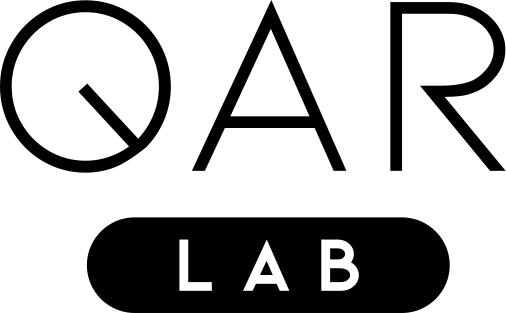Analyzing the Parameter Adaption of Transfer Learning in Variational Quantum Eigensolvers
Analyzing the Parameter Adaption of Transfer Learning in Variational Quantum Eigensolvers
Abstract:
With the introduction of publicly available, yet noisy, Quantum Processors, many machine learning (ML) approaches have been proposed to make the most of the new capabilities. Peruzzo et al. proposed a hybrid algorithm, which implements a variational quantum eigensolver (VQE) to find the ground state of a Hamiltonian. While initially used in the field of quantum chemistry, VQEs can be used to solve a variety of optimization problems, such as finding a max-cut in a graph. As training is computationally expensive, transfer learning approaches have been proposed to reduce training time for similar problem instances. Rohe et al. introduce a VQE algorithm utilizing TL to speed up convergence in the max-cut problem. It was shown that TL is able to achieve convergence significantly faster in the early optimization phase, although training without TL yields slightly better results over time. However, when training time is drastically reduced, TL is able to produce good results while drastically reducing the computational cost of training. Furthermore, it was shown that the similarity of the optimal solution correlated positively with the success of TL. The similarity was measured by calculating the minimal hamming distance (HD) between the VQE’s solution of the source graph and the optimal solutions of the target graph. This thesis will be based primarily on the work done by Rohe et al. Specifically, the aim of the thesis is to analyze the quality of the parameter transfer to solve max-cut graph problems. Thus, instead of trying to demonstrate the applicability of TL for the VQE, it will be investigated where TL causes the algorithm to over- or under-adapt and how these results come about. The source-and target-graphs are sampled form the publicly available California street network as well as Facebook social circle data. Here the source graph will be utilized to train parameters which are to be transferred to initialize the training of the target graph. To evaluate the similarity of the source- and target-graph applied to the max-cut problem, the optimal max-cut solutions are calculated via brute force. Afterward the minimal HD between optimal solutions of the source and target-graphs are calculated. As TL might not always find one of the optimal solutions, the HD between the source solution and the target solution found through TL are calculated. This will provide information about whether TL caused the VQE to over- or under-adapt. As the quality of trained solutions appears to deteriorate as the HD between source- and target-graph solutions increase, it is of high interest to find ways to handle these kinds of problems. A possible explanation for over- or under-adaption is that the pre-trained parameters trap the VQE in a local optimum, inhibiting further exploration of the solution landscape. Through the analysis of the influence TL has on the training process of the VQE as well as under- and over-adaption, this thesis aims to better evaluate the role and quality of parameter transfer in the NISQ era.
Author:
Julio Amaru Nicolas Brocca Alvarado
Advisors:
Tobias Rohe, Sebastian Woelkert, Thomas Gabor, Claudia Linnhoff-Popien
Student Thesis | Published April 2025 | Copyright © QAR-Lab
Direct Inquiries to this work to the Advisors

